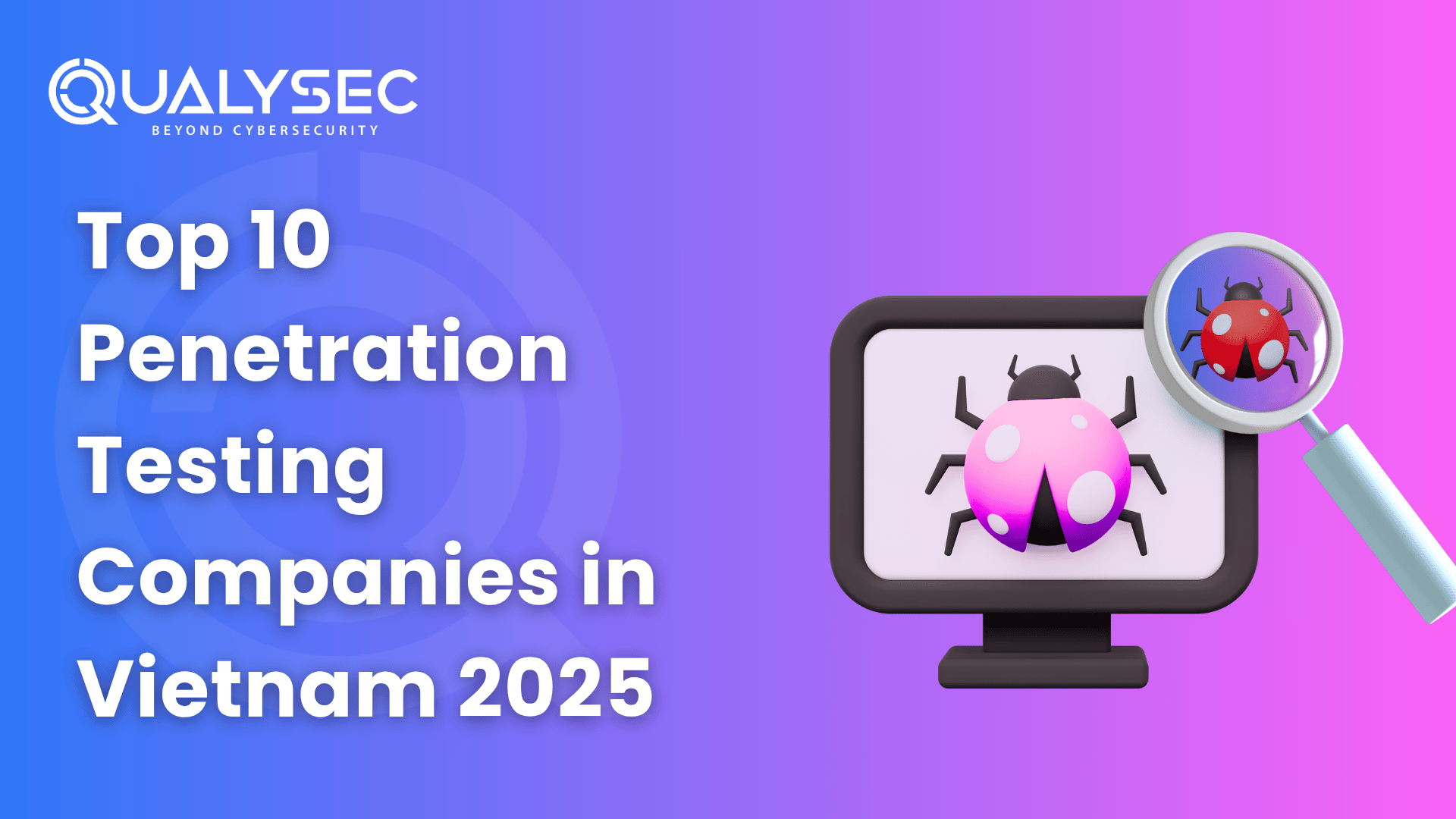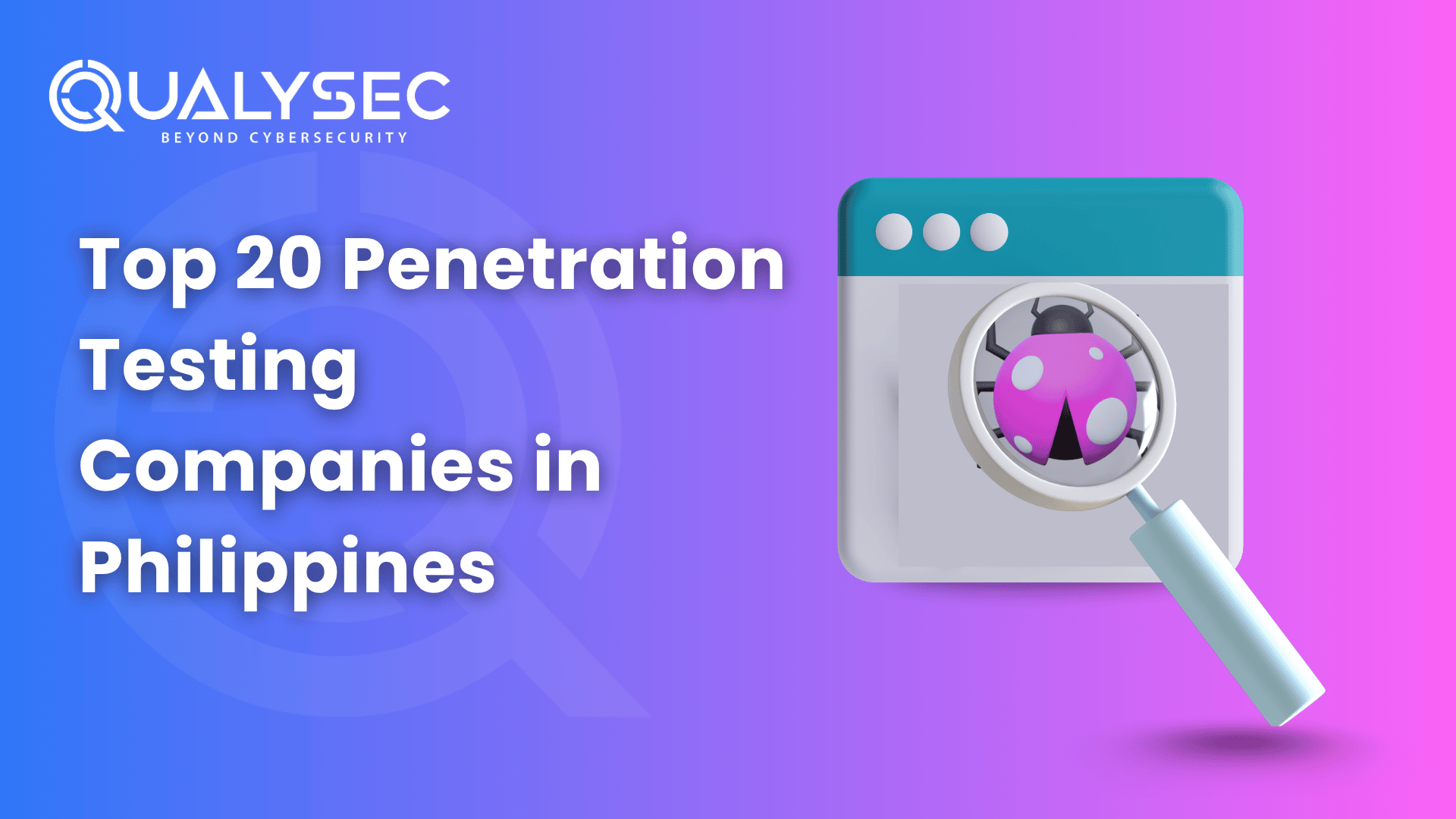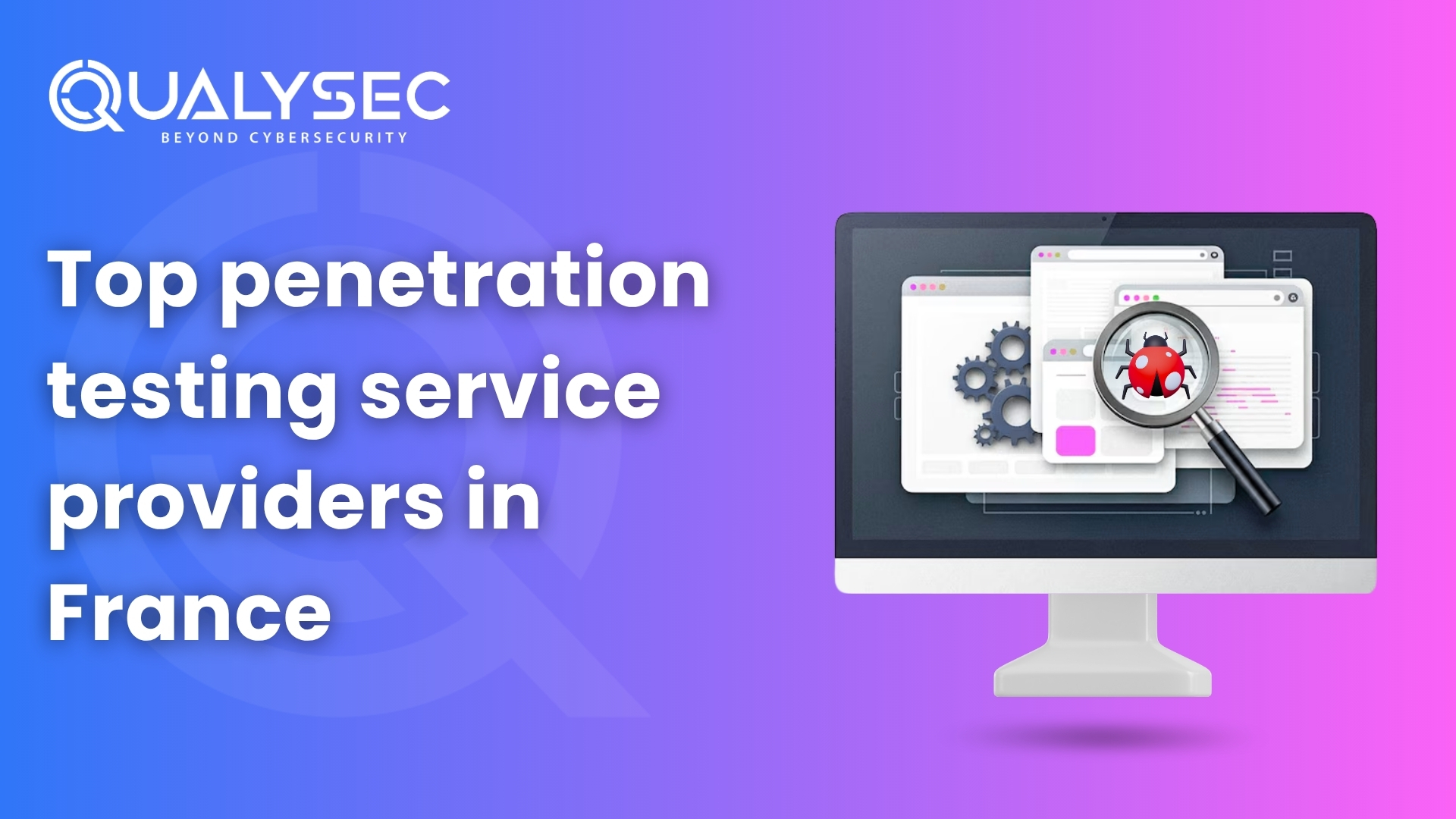In this digital world, characterized by commonality in automatic hacking tools, increased frequency in data breaches, and the existence of regulations such as GDPR and PCI DSS, penetration testing is no longer reserved just for banks and governments; instead, now these evaluations remain a necessity for businesses of every size. So, this makes it daunting for a lot of companies: deciding on a trusted penetration testing vendor and, of course, the associated cost. Choosing a vendor from the available pool can be overwhelming; speaking for myself, evaluating their expertise and the authentic security level of your applications is tough just by looking at the test report. While there are no easy solutions, there are ways through which this process can be improved proactively. High up on the list for consideration are vendor certifications, experience, and, of course, penetration testing cost.
What is the Average Cost of Penetration Testing?
The average Penetration Testing Cost varies between $2500-$50,000 to whatever they can take from the operator of the pen testing $50,000 in cost. The price also varies with the scale of the pen test targets, the intricacy of the targets, the availability of proficient penetration testers, and the various methods used to conduct penetration tests.
What Factors Affect Penetration Testing Costs?
Most penetration testing services develop specific quotes for your engagement based on the number of targets, the experience of the pentester, and the methodology followed.
The Penetration Testing Cost is affected by the factors listed below:
1. Complexity of Target
The Pen testing Cost is directly proportional to the complexity of the target, like the number of pages, APIs, etc. A pentest for a simple web app on a single server costs around $5,000, while a pentest for a complex system with interconnected servers and different tech stacks ranges around $10,000 to $50,000.
2. Methodology of Pentesting
There’s a selection for the chosen methodology, given it is at your cost and expense. Black vs white and black/grey. White-box and black-box are pen-testing types and therefore costs vary because the different pen-testing cost is paid against the time taken with efforts made as well as its resources involved with finding out what’s there as vulnerability.
3. Expertise in Penetration Testers
Prioritize companies whose penetration testers possess advanced certifications such as OSCP, CREST, CEH, or GPEN, along with up-to-date technical knowledge and strong communication skills to provide actionable remediation advice. Firms with highly skilled testers typically charge more due to the quality of their services and credentials.
4. Support for Addressing Vulnerabilities
Pentesters play a key role in simplifying the remediation process by offering valuable guidance. Opt for companies that provide ongoing support via chat, email, or calls to help address identified vulnerabilities. Avoid firms that consider their job done after delivering the vulnerability report without offering follow-up assistance.
5. Range of Assets Covered in Pentesting
Select a pen testing provider capable of evaluating diverse assets such as websites, mobile apps, networks, APIs, and cloud infrastructures security. The complexity and unique characteristics of each asset can impact the vulnerability detection process and result in pricing differences.
6. Penetration Test Timelines
The Pen testing Cost is influenced by the timeline, as shorter deadlines often require additional resources, labor, and advanced tools. Choose a service that is flexible enough to accommodate urgent deadlines, especially for compliance needs or product launches.
Latest Penetration Testing Report

Types of Penetration Testing And Their Cost

Conventional penetration tests are performed against web and mobile applications, networks and cloud infrastructure, and APIs. Commonly, these are subject to testing in order to identify, exploit, and learn about the existing vulnerabilities in these assets. Here, the Pen testing Cost
is thus determined by the type and number of assets to be pen tested.
1. Web Application Penetration Testing
Web application penetration testing is an assessment of web apps along hacker lines to find and exploit such vulnerabilities as SQL injections and misconfigurations in a bid to patch their security. The cost of web application pen testing cost starts from $5,000 and extends to about $50,000 based on the number and the complexity of web applications.
2. Network Penetration Testing
Network penetration tests are scanning of internal networks by port and network scanners to detect vulnerabilities such as open network ports, misconfigurations, outdated software, and malware. The cost of external penetration testing cost for networks lies between approximately $150 and $1000 per device.
3. Cloud Penetration Testing
Azure, GCP, and AWS cloud pen tests are conducted after the approval of a formal request with pentester information, IP addresses, and proposed testing date and time.This clearly identifies SQL, XSS, and CSRF vulnerabilities and how they might be exploited to shed light on their severity, possible impact, and safety measures. Cloud penetration testing cost between $5,000-$50,000.
4. Mobile Application Penetration Testing
Mobile application pen testing is regarded as an invasive test developed to find and exploit vulnerabilities such as insecure authentication and authorization, misconfigurations, and several others in mobile applications. This requires spending from $5,000 to $40,000 depending on complexity and the number of applications being tested.
5. SaaS Penetration Testing
SaaS penetration testing is designed to cover vulnerabilities in the web interfaces, APIs, networks, and others within a SaaS app with the the proper context for correcting it. It normally costs from $5,000 to $30,000 based on the asset.
6. API Penetration Testing
Evaluating API security is predominantly the checking of the security controls of APIs to test their strength and susceptibility to exploitation. API penetration testing tests usually will cost you between $5,000 to $30,000.
Estimating Your Penetration Testing Budget
The Penetration Testing Cost varies. Small businesses can spend a few thousand dollars, and larger corporations might see costs in the tens of thousands. It’s important to determine your needs well and prepare for any additional costs that may arise in the process.
Some of the major cost drivers are:
- Type of testing being done: internal, external, or web application as explained above
- Number of assets to be tested, which may include IPv4/IPv6 subnets
- Testing methodology: white box (testers receive full access, time-consuming), grey box, black box (testers receive no info or access, quicker due to limited knowledge)
Focusing on Web Application Pen Testing Pricing
Key cost drivers in Web Application penetrating testing include:
- Number of web applications
- Number of user roles to be tested
- Number of unique pages such as app.domain.com/* → all pages under the root app domain
- API testing
Our experts at Qualysec have helped secure fintech, SaaS, and enterprise systems across 25+ countries. Manual + Automated Pentesting. No false positives. Actionable reports.

Tips for Choosing a Penetration Testing Service
When choosing a pen testing service, consider:
- Provider’s Expertise and Reputation: Look for providers with proven experience and positive client testimonials. Some key accreditations include:
- Certified Ethical Hacker (CEH)
- Offensive Security Certified Professional (OSCP)
- CREST Certifications (including CRT, CCT, and CSA)
- GIAC Penetration Tester (GPEN)
- Licensed Penetration Tester (LPT)
- Certified Information Systems Security Professional (CISSP)
- TigerScheme Certifications
- CompTIA PenTest+
- Deliverables and Reports: Ensure that the provider provides you with detailed reports to help you understand and address vulnerabilities.
- ROI of Services: Compare the cost with the potential benefit to your organization’s security posture.
The Role of Penetration Testing in Compliance
It holds prime importance in that it ensures compliance with many cybersecurity frameworks and standards. It forms one of the fundamental components in the evidencing of an organization’s implementation of best practices in cybersecurity and, thus, goes on to conduct a good assessment of potential risks that may be of help to the malicious actor.
- SOC 2 and ISO 270001-tender to validate their controls and actual information security management systems, thus ensuring the protection of customer and company data.
- CMMC and NIST: Requirements for effective demonstration of compliance by contractors within the Defense Industrial Base.
- HIPAA: Filling security gaps in protection for, but not limited to, patient health information to be respected by healthcare providers.
- Continuous compliance is a modern necessity. Consistent penetration testing is a major part of continuous assessments against changing threats, as well as against ever-changing regulatory claims, and it aligns with the organization’s commitment to strong cybersecurity.
Talk to our Cybersecurity Expert to discuss your specific needs and how we can help your business.
Conclusion
Establishing the penetration testing cost is significant in realizing what it takes to meet your cybersecurity demands. It is essentially the balance between cost and quality that is supposed to safeguard the organization at the same time ensuring costs are not discomforting. The cheapest may not necessarily yield the desired results, while the most expensive may not always be an answer to your specific requirements.
FAQ
1. What Types Are There for Penetration Testing?
There are fundamentally three categories:
- Internal Pen Testing: It is carried on to measure internal networks and their systems
- External Pen Testing: It looks at the exterior aspect of asset assets and assesses vulnerabilities.
- Web Application Pen Testing: It purely scans web applications.
2. How many pricing models exist for penetration testing?
Penetration testing services are priced by the hour or project, retainer, value, and bounty-based programs.
3. What is the penetration testing budget?
The Pen testing Cost can range from a few thousand dollars for small businesses to tens of thousands for larger firms. It depends on the type of testing, number of assets, and methodology for testing.
4. Is penetration testing in any way helpful in reducing cyber-breach incidents?
Yes, penetration testing can help avoid potential breaches that might incur significant financial and reputational damages by discovering and eliminating vulnerabilities beforehand.
5. Are Penetration Testing Manual or Automated?
Yes. Automated scans can point to common vulnerabilities, but it is the skilled penetration testers who do a more in-depth and intuitive check that will be more helpful.
6. How Long Does Penetration Testing Take?
The duration is decided based on the scope and complexities of the projects. It will take from a few days to months.
7. Are there specific legal and compliance issues which must be respected in penetration testing?
Yes. Complying with relevant law and regulations can significantly add layers of complexity and costs to the activity.


















































































































































































































































































































































0 Comments